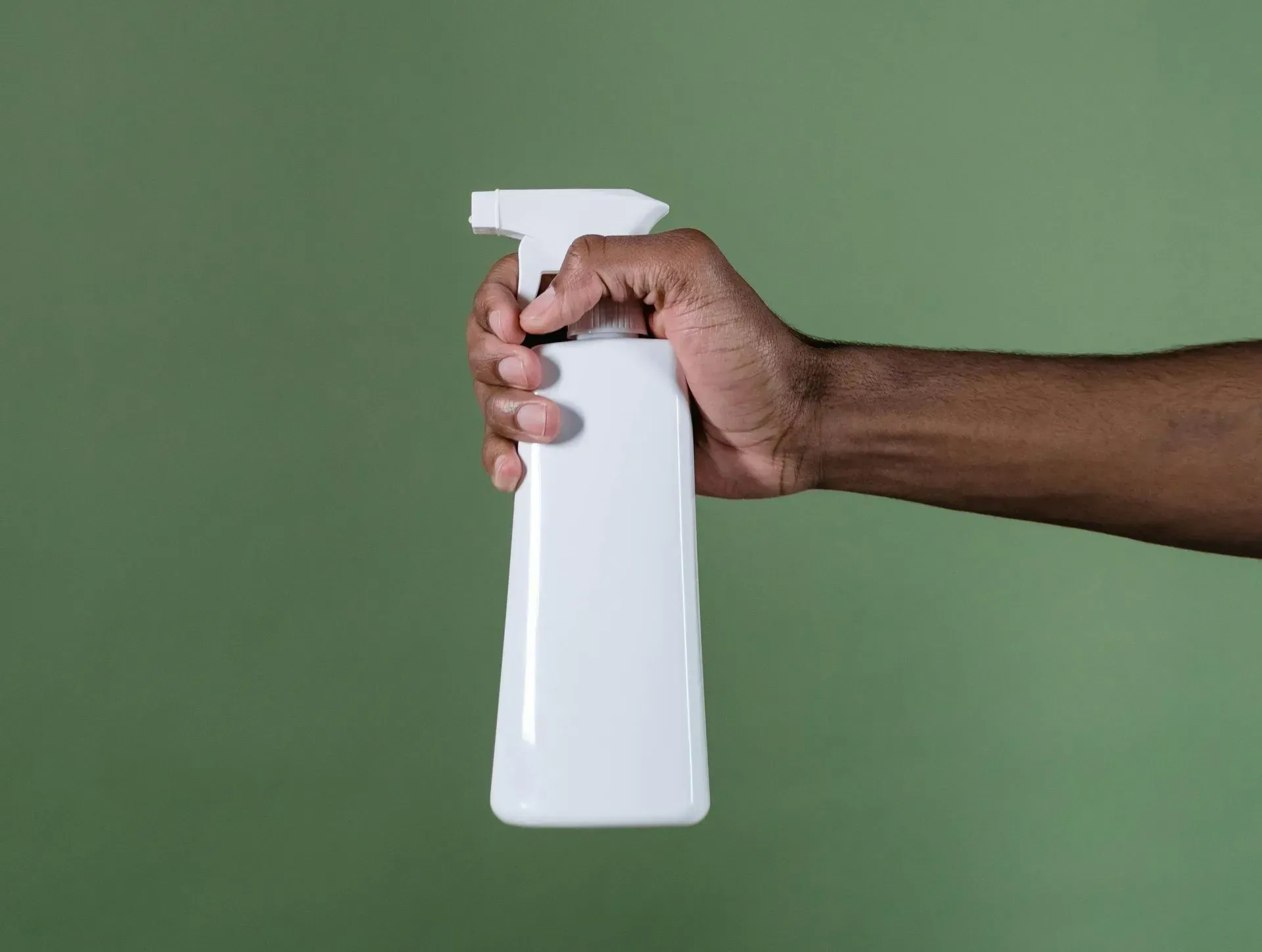Generate more income from existing customers with a VIP Loyalty Programme
How to build your business and grow brand advocacy
We all know that it should be cheaper to get a regular customer to re-purchase than to find a new one. Therefore investing in your repeat customers is by far the easiest way to drive revenue and build a sustainable business. One of the best ways to deliver this is through a ‘best customer’ VIP Loyalty program.
The following blog provides:
- The stats to support the need for a ‘VIP’ Loyalty program
- An approach on how you can determine who your best customers are
- What type of rewards you might consider
- Some practical suggestions to ensure your 'VIP program' stands out from the crowd
It pays to engage with repeat customers
According to Nielsen , whilst 15% of customers are influenced by brand marketing messaging, 26% will try a new brand based on personal recommendations from happy customers.
Regular customers also provide a higher lifetime value (LTV) than occasional customers, are more likely to make bigger purchases and be more forgiving. 52% saying they would still buy their favourite brand even if it was cheaper and more convenient to buy from a rival. Longer term, they also make a brand more sustainable. 86% recommending a brand and 46%continuing to purchase, even after a bad experience.
In turn, 73% are more likely to recommend brands with good rewards programs and 79% state such programs make them more likely to continue doing business with a brand, according to The Loyalty Report by Bond . So, making customers happy and turning them into brand advocates – should be one of our key strategies for sustainable growth.
How to optimise your VIPs?
If you want your VIP customers to stick around for the long term, you will need to give them an excellent reason to do so.
VIP Loyalty programs offer your most frequent customers rewards to encourage long-term business. Unlike the old days when these were based purely on financial gains, such as points or money off – the efficacy of which has long been debunked as creating short term uplifts, not long term sustainable behaviour changes. The modern VIP program uses a range of techniques increasingly geared towards enriching customer’s lives with ‘money can’t buy experiences’ such as the chance to meet brand ambassadors, celebrities or social media influencers at brand events.
Brand saliency in moments that matter will definitely make an impact on how a customer perceives your brand, but offering a VIP programme to encourage repeat purchase can be an equally valuable asset in today’s fickle world.
When creating your own VIP Loyalty program, there are two key questions to answer:
- How do you turn occasional customers into regular ‘happy’ customers?
- How do you make the program as effective as possible?
Step1: Find your most valuable customers
To start with, you need to ensure that you have a clear understanding of your audience. Who are your most valuable customers or those with the highest potential. By analysing your data on past customer transactional behaviours, you can create a simple transactional segmentation. The most commonly used for this first step is RFV, a measure of the recency, frequency and monetary value of the transactions received from each customer.
This allows you to establish which customers have spent the most with your company and using predictive learning algorithms you can extrapolate and establish their future spending potential, so who your future good customers might be.
Step2: Deliver hyper-personalization
Using these most valuable customer segments, you can start to understand who these customers are, what interests them and what softer behaviours differentiate them from your other customers. To make sure you keep on top of your best customers’ current needs and wants, you need to leverage both owned ‘first party’ data (from your CRM Marketing, website, apps and social media channels) and ‘third-party’ data to develop a more rounded picture of them.
This insight enables you to discover their interests based on topics and keywords they pursue outside your own channels. For example, if you see a customer has bought cycling shoes from your site and read an article about yoga on a third-party site, you can leverage that information to deliver a hyper-personalized offer for your range of yoga mats or a blog post about the top 10 yoga studios in the area. This type of targeted content will increase the relevance of your brand and therefore improve loyalty.
Rather than generic blunt targeting, insight driven targeting will help you to serve customers with more relevant personalised content. These can be fine-tuned to their preferences (showing them cycling shoes within their budget). It will also help you to tailor your message and tone. You can even tweak your website landing page to surface the most relevant content based upon these segments, or recent browsing history to save them time and effort.
The main thing to remember with any segmentation however, is to make sure that you are working at a level that is sustainable for your business. You might be able to see 15 very different segments within your data – but you can’t yet create enough differentiated content to serve all of them. So you may have to chunk them up for some channels to make them more manageable, until you can build the resource and infrastructure to support more differentiated content once you have proof of concept.
Creating a VIP program that stands out from the crowd
Once you have established your VIP segments and have a clear understanding of their needs, you can tailor your rewards programme. Bearing in mind that we can’t‘ buy’ loyalty, the program should offer a range of ‘feel good’, ‘experiential’ and ‘value added’ benefits that will surprise and delight your customers and re-enforce your brand values. By using the programme to re-assert your understanding of your customers needs, you will automatically build trust and secure your position as ‘brand of choice’.
1.Give something back
If you have a points-based system –you can give customers the opportunity to use them to support a charitable fund or foundation. Enabling customers to give back to their chosen charities, will serve their desire to ‘feel good’ about giving back to causes that are close to their hearts and they will see your brand as the catalyst for this. Toms, footwear and accessories, offer Toms Passport Rewards , which help to position them as a force for good and not just another footwear brand.
2. Go beyond the purchase
As so many new users are influenced by Word of Mouth (WOM) recommendations, why not encourage your customers to share their brand love. Offering points for sharing products on Facebook, following the brand on Instagram, writing a review and even just creating an account. Everyone wins: the brand gets more exposureand more customer data, while the customer essentially gets free money. Skincare brand Odacité does just this with their ‘ customers points ’.
3.Put your customers to work
Taking this a step further you could encourage your customers to advocate for your products. By giving reward points for creating user-generated content like posing for selfies with your products and writing online reviews. You can galvanize your customer base into an army of marketing influencers. No need to pay fake influencers when you can reward your own customers for doing that job for you. Cosmetic and skincare retailer Tarte does just this with Team Tarte rewards scheme.
4. Add Value
Giving money off your products can be seen by customers as just buying their loyalty, but how about using your segmentation to provide added value rewards for the things they love. The more you spend, the more you save on the everyday–is a great message, and it works on many levels. It demonstrates that you understand your customers’ needs and provides a ‘thank you’ for their loyalty without devaluing your own brand. So, for your exercise geeks – offering them discounts on their classes, will enable them to achieve their goals for less.
5.Make ‘experience’ their reward
Our last suggestion is one that money just can’t buy. This is quite a wide area. But the concept is simple –provide your VIP’s with the opportunity to attend exclusive events that are related to your brand, their interests or both, even better allow them to collect points for attending. If you produce outdoor sports apparel, checking in at certain outdoor locations, or attending pop up product launches in remote locations would get them points. Giving your sports fans access to locker rooms, or the subs bench to immerse them in the moment – is quite frankly a money can’t buy experience. With brand relevant experiences laser-targeted to your customers’ interests, the brand can offer much more than products: the chance to create memories that last a lifetime. A bi-product of which is the social sharing of these experiences and the brand kudos that goes with it. Outdoor apparel brand The North Face use this. It's VIPeak program offers more lifestyle-oriented rewards that customers can spend their points on .
Conclusion
VIP Loyalty programs are a fantastic way to increase customer engagement and instil brand preference. By targeting the right customers in the right way and with the right message, you can go beyond increasing their share of wallet, to creating brand advocates, which will secure your future business growth.
Further Reading
If you would like to find out about other ways to to generate more income from the customer data you already have - then read this article.
CRM MARKETING BLOGS











